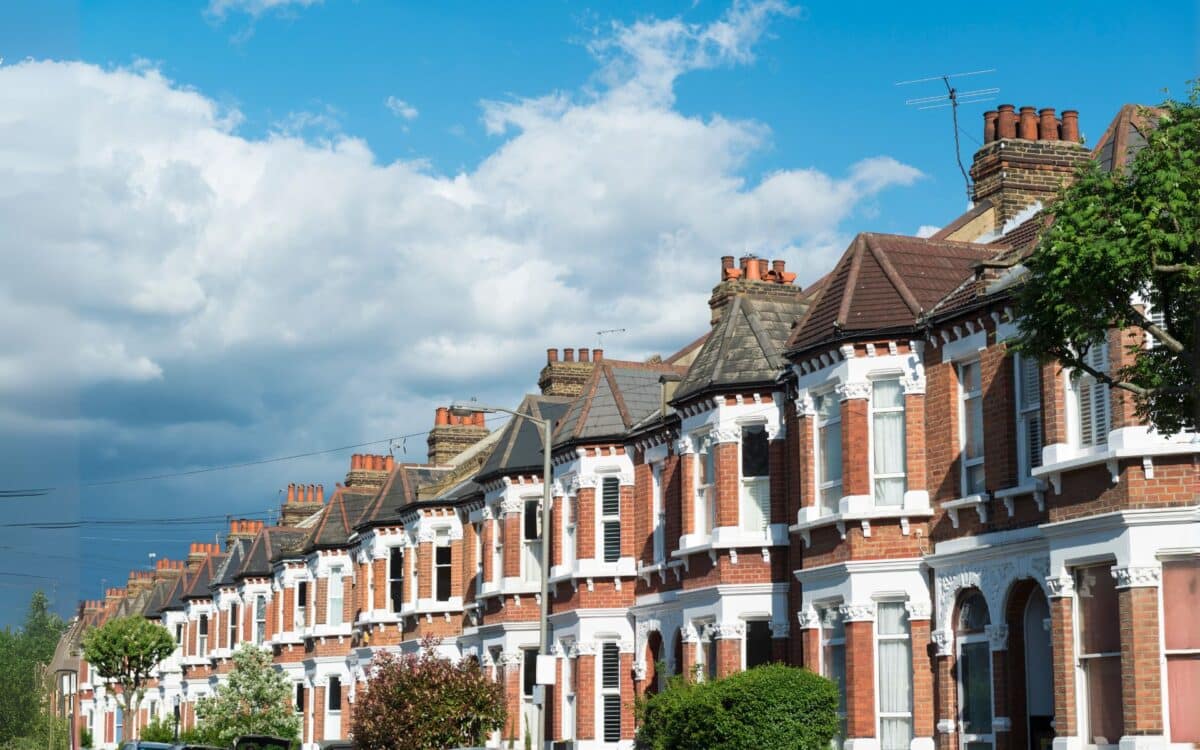The UK housing market has started the year with increased activity, showing signs of recovery after a period of uncertainty. Recent data suggests a rise in both sales and property listings, with regional variations shaping market trends. Upcoming changes to stamp duty and broader economic factors may influence the pace of transactions in the months ahead.
Market Activity Strengthens as Supply Increases
Alongside the rise in sales, the number of homes available for purchase has grown by 10% compared to the same period last year. The availability of more properties, combined with a surge in buyer interest, suggests a more dynamic market than in early 2024 and 2023.
The average UK house price now stands at £267,700, reflecting a £5,200 increase over the past year. This follows a £2,400 decline in 2023, indicating a market rebound. However, Zoopla notes that while activity has picked up, the potential effects of the stamp duty changes remain uncertain.
Regional Variations in House Price Growth
The UK housing market has started the year with increased activity, showing signs of recovery after a period of uncertainty. Recent data suggests a rise in both sales and property listings, with regional variations shaping market trends. Upcoming changes to stamp duty and broader economic factors may influence the pace of transactions in the months ahead.
The latest data highlights significant regional disparities in house price changes across the UK. As of December 2024, property prices had risen 2% year-on-year, with the highest growth recorded in Northern Ireland (7.7%) and the lowest in eastern England (1%).
In some regions, stronger price growth has been supported by higher demand and a limited supply of homes, while in others, affordability constraints and economic factors have kept increases modest. The divergence between regions reflects broader economic trends, with some areas experiencing faster growth due to employment opportunities, local housing supply, and buyer affordability.
Here is the breakdown of average house prices and their changes in 2024:
- Northern Ireland: £179,200 (+£12,800, 7.7%)
- North West England: £199,700 (+£6,200, 3.2%)
- North East England: £146,100 (+£4,100, 2.9%)
- Scotland: £166,900 (+£4,600, 2.8%)
- Wales: £206,800 (+£5,400, 2.7%)
- Yorkshire and the Humber: £189,700 (+£4,900, 2.7%)
- West Midlands: £232,900 (+£5,100, 2.2%)
- East Midlands: £230,600 (+£3,700, 1.6%)
- London: £535,100 (+£7,200, 1.4%)
- South West England: £314,000 (+£3,700, 1.2%)
The variations in price growth suggest that market conditions remain highly localised, with affordability and demand differing across the UK. While London continues to have the highest property prices, its annual growth rate remains relatively low compared to Northern Ireland and parts of northern England, where housing affordability and demand have driven higher price increases.
Looking ahead, the housing market is expected to maintain its North/South divide in price inflation, with the northern regions and devolved nations likely to see stronger price growth than the South East and London, where high property values may limit further appreciation.
This regional imbalance highlights the varying dynamics within the UK housing market, influenced by affordability, demand, and local economic conditions.
Impact of Stamp Duty Changes on Buyer Behavior
The increase in stamp duty for some buyers from April 2025 has been a key driver of early-year activity. The nil-rate threshold for first-time buyers will be reduced from £425,000 to £300,000, which may push some to complete purchases before the deadline. However, Zoopla suggests that the impact of this change may be limited, as three in five first-time buyers will still pay no stamp duty after April.
Zoopla’s executive director, Richard Donnell, noted:
“The first few weeks of each year tend to provide a clear indication of how the rest of the year is likely to unfold. 2025 has started well—better than 2024 and 2023—which bodes well for market activity over the rest of the year.”
Outlook for 2025 : Steady Growth with Controlled Inflation
Despite the positive start, some factors could moderate price growth. Mortgage rates remain high, giving buyers more leverage to negotiate, and the rising supply of homes for sale is expected to prevent excessive price inflation.
Zoopla forecasts that UK house prices will rise by 2.5% in 2025, with a 5% increase in sales volume compared to 2024, reaching 1.15 million transactions. The combination of rising incomes and potential base rate cuts later in the year may support affordability and maintain steady market conditions.
In the South West, Malcolm Prescott, managing director at Webbers Estate Agents, described a positive start to the year, with strong demand and increased listings.









